
by Mx. Kris Vyas-Myall
Things are getting a bit depressing in Blighty at the moment. This can be easily seen in the musical charts. The top 4 right now are the cheery combo of Get Off of My Cloud by The Rolling Stones, The Carnival is Over by The Seekers, Yesterday Man by Chris Andrews and Tears by Ken Dodd. A little further down the hit parade are the satirical songs It’s Good News Week and Eve of Destruction.
It is possible these musicians have been looking at the news recently. Conflicts seem to be emerging all over the world. The Rhodesian crisis is continuing to roll on without any solution. In Java there has been a massacre in the continuing Civil War. Israel and its Arab neighbours are continuing to increase each other's death tolls of late. Kashmir continues to be a source of conflict between India and Pakistan, and that is not even touching on Vietnam.

Closer to home a bomb has been sent to the home of Smethwick MP Peter Griffiths (famed for running an anti-immigration campaign to oust a safe Labour MP) with a note apparently claiming responsibility on behalf of an anti-white “Gregory X”. However, the suspicions of the police is that the package is actually from a group of white extremists trying to make trouble. We have also seen two people charged in the so called “moors murders”, where five children were found in shallow graves in Northern England.
This air of gloom has clearly been permeating Carnell’s editorship as well. In the sixth edition, he has produced a much darker and more depressing New Writings anthology than any he has previously put out.

The Inner Wheel by Keith Roberts
Continuing his omnipresence in British SF publications, about a third of this volume is made up by Keith Roberts’ new novella.
Jimmy Strong travels on a train the town of Warwell-on-Starr after his father’s death. However, he cannot work out why he desired to come here and why he has a sense of homecoming to a place he has never been.
Whilst there he becomes unnerved by the apparent “niceness of the town”, the dreamlike logic by which events are occurring, and his recurring dreams of a giant wheel centred on Warwell.
At the same time, we hear a conversation between a person apparently watching Jimmy and unnamed voices in the void.
This an ominous tale that starts as disconcertingly as it means to go on:
The voices are in a void. The void has no colour. Neither is it dark
There are formless shapes in the void. There are soundless Noises. There are swirlings and pressures, twistings and squeezings. The voices fill the gaps between nothingness. The voices are impatient, “Where? they ask “Where…?”
This kind of narrative style helps give it a darker edge, rising it above standard small town terror stories. It was however, for me, too long. It was only exploring one conceit and doesn’t really have much new to say.
I think this is going turn out to be a divisive piece. Personally, I am a fan of weird Roberts over whimsical Roberts, so it appealed to me more than some of his other writings.
A low four stars
Horizontal Man by William Spencer
One of Carnell’s old regulars returning for the first time in a year with a distinctly New Wave tale.
Here we join Timon as he experiences Earth via a time-sphere, a device which creates illusions as real as if he was personally interacting with them. Whilst Timon is a very different creature to us, with claws, a weak spine and only possessing artificial eyes, he is able to experience the world as if he was a human being. However, Timon has been forced to do this for centuries and now finds these same illusions tedious. He simply wants to be able to sleep.
This is a strange and horrifying vision of an immortal life that feels quite unlike anything I can recall reading before. The ending is a little weak, but I will give it strong marks for originality.
Four Stars
The Day Before Never by Robert Presslie
Presslie is another of the British SF magazine writers who seemed to vanish after the end of Carnell’s editorship of New Worlds. It is nice to see him back, although The Day Before Never does not resemble what I used to associate him with.
At first this does not appear to be a speculative piece, but rather a narrative of the thoughts of a killer as he travels across Europe. As it goes on our narrator meets Elke, a Finder, who can help him with his mission.
I am honestly unsure what to make of this. It starts as a dark psychological piece, moves into a travelogue, then on to an apocalyptic thriller. But all veiled with the kind of uncanny sense I have noted in the prior two stories in this anthology.
Three stars with a big question mark attached
Baxter is another New Writings regular whose stories I generally look forward to, however this tale is outside of his usual style.
On the planet Huxley a space crew are transformed in various ways. They return to headquarters in a largely abandoned city on another world (possibly New York) and ruminate on how they feel.
I have read this through four times and I am still not sure I understand what has happened or even the point of it. It is certainly a disturbing tale but if there is anything beyond that I have missed it.
Three stars for the atmosphere.
E. C. Tubb has seemed to me to be one of the more reliably traditional British SF writers, with even his recent pieces in New Worlds and Science Fantasy being solid tales without being outstanding (almost every piece reviewed by the Journey has been awarded three stars). This is, however, a more experimental work from the old hand.
We jump between following multiple crew members on a journey to claim a new planet in the name of the Pentarch. Each of them have their own individual grumbles about each other and we get their own expressions of discomfort at the situation.
The prose in this vignette is so florid I wonder if he is trying to satirize the New Wave writers. It is as good a guess as any as to what this is meant to be, as the whole thing is near unreadable.
Maybe best stick to what you are good at, Edwin?
One star
Atrophy by Ernest Hill
Most work is now done by machines and people can experience stimulation through artificial means. In order to avoid atrophy, people are made to use IT, a computer system which they connect to and construct logical thought streams. We follow Elvin, a worker who seems depressed at the world around him.
The most traditional tale in this anthology, reminding me somewhat of The Machine Stops. Solid but nothing surprising comes of it.
A low three stars.
Advantage by John Rackham
Colonel Jack Barclay is head of a unit terraforming planets for colonization, currently working to do so for the planet Oloron. His secretary, Lieutenant Rikki Caddas, has the unusual ability to feel someone else’s pain before they experience it, keeping the accident rate on all projects incredibly low.
Coming to the planet are observers Honey and Wake to inspect the project. Whilst Barclay is determined to keep both his star rating and Caddas’ abilities a secret, Caddas begins to fall for Honey.
Rackham displays his usual degree of solid storytelling ability, taking typical themes of SF and putting his own spin on them. However, there is a significant flaw that cannot be overlooked. Barclay is very anti-woman throughout the novelette and the story seems to agree with him. If there is a moral to this tale it seems to be that getting involved with women will lead to nothing but trouble.
Two stars
Endarkenment
After the very high quality of New Writings 5, number 6 is a bit of a let-down. It is still a pretty reasonable anthology, but Carnell is continuing to rely on his usual Rolodex of writers, where many of them do not seem to be up to the task of producing the kind of experimental tale he wants to feature.
New Writings 7 is not due until January, hopefully the new year will bring in some newer writers, helping these anthologies live up to their name.
Continuing on the theme of British authors…

by Gideon Marcus

There are two John Brunners (or maybe three). One is the brilliant New Wave writer who gave us classics like last year's Hugo Finalist, The Whole Man, and a standout from a few years ago, Listen…The Stars!. Then there's the rather conventional, American-style Brunner whose work is competent but not amazing. (The third Brunner produces work of such embarrassingly low quality that it's hard to believe he's related to Brunner #1 — thankfully, this Brunner rarely makes an appearance.)
The Long Result is definitely a work by Brunner #2. In brief:
Several hundred years from now, Earth is a stagnating paradise, its torch in the process of being passed on to its more vigorous colonies, particularly that on Epsilon Indi: Starhome. Roald Savage Vincent is a placid Assistant Chief at the Bureau of Culture, happy to catalog the poetry and sculpture of the Terran colony Viridian, when the xenophobic "The Stars are for Man League" launches a terrorist attack on a clutch of Tau Cetian visitors. Now, racing against time, Vincent must pursue an attempted murder investigation before the Starhomers capitalize on the incident to declare their independence from Earth.
Brunner builds some decent worlds: the senescent Earth; vigorous, kibbutz-like Starhome; Amish-esque Viridian; the chlorine-breathing Tau Cetians; the nigh-indestructible, clearly superior, yet starflight-less Regulans; these are all nicely fleshed out. I also liked the concept, which I had not seen before, that star drives are only good for one use. Thus, spaceships must be big enough to carry spares, greatly limiting their range.
Result is also a decent who/whydunnit story, though elements of it are painfully obvious and it's difficult to watch the otherwise brilliant Vincent struggle with them.
What keeps Result out of four-star territory is its shallowness. It all seems rather pat and glib and comes together too easily. Plus, everyone's emotions and deliveries are dialed up a notch, with exclamation points used with almost as much abandon as is found in comic books.
But as a read, it's extremely brisk and enjoyable, which puts it on the good side of three stars.
Call it three and a half.
The holidays are coming! Looking for the perfect gift for a niece, nephew, or other young relative? Kitra is the hopeful, found family novel that they've been waiting for. Buy a copy for them today…and perhaps one for yourself!

![[November 24, 1965] Books from Old Blighty (November Galactoscope)](https://galacticjourney.org/wp-content/uploads/2020/11/651124covers-672x372.jpg)


![[November 10, 1965] Strangers in Strange Lands (December 1965 <i>Galaxy</i>)](https://galacticjourney.org/wp-content/uploads/2020/11/651110cover-672x372.jpg)







![[October 31, 1965] Finished and Unfinished Business (November 1965 <i>Analog</i>)](https://galacticjourney.org/wp-content/uploads/2020/10/651031cover-672x372.jpg)



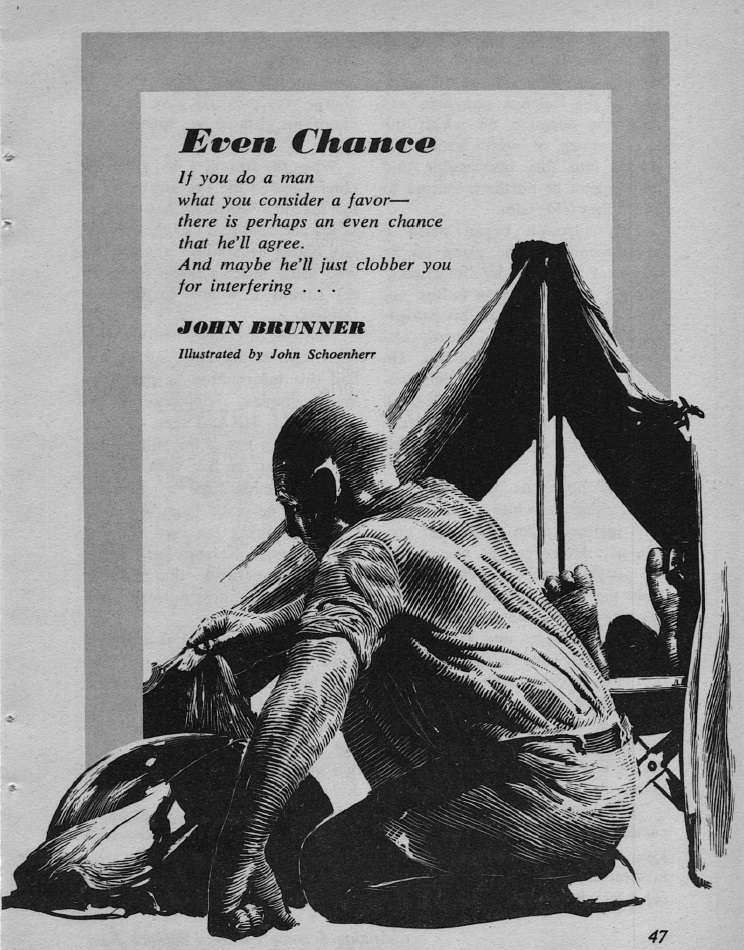
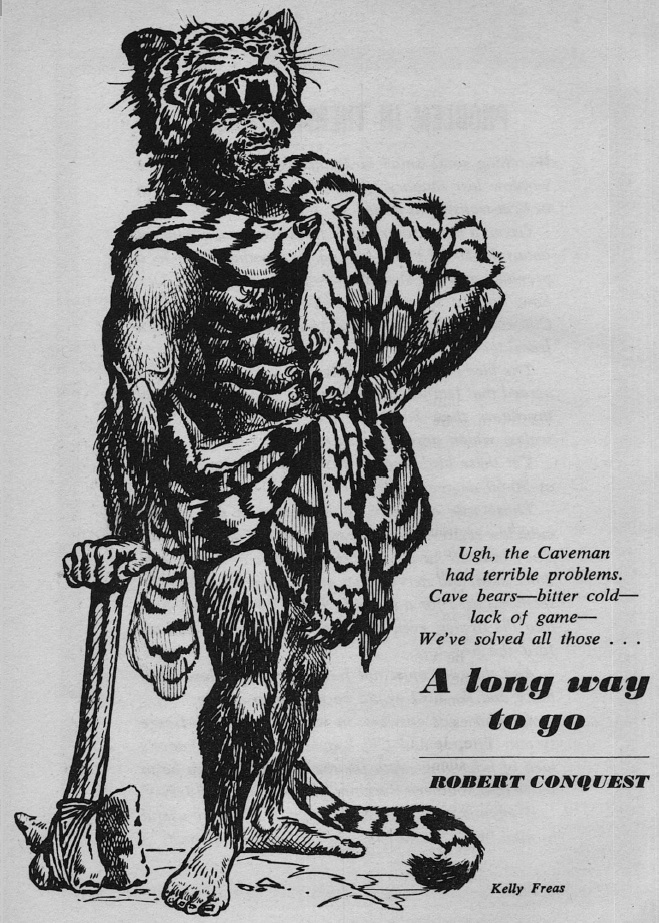
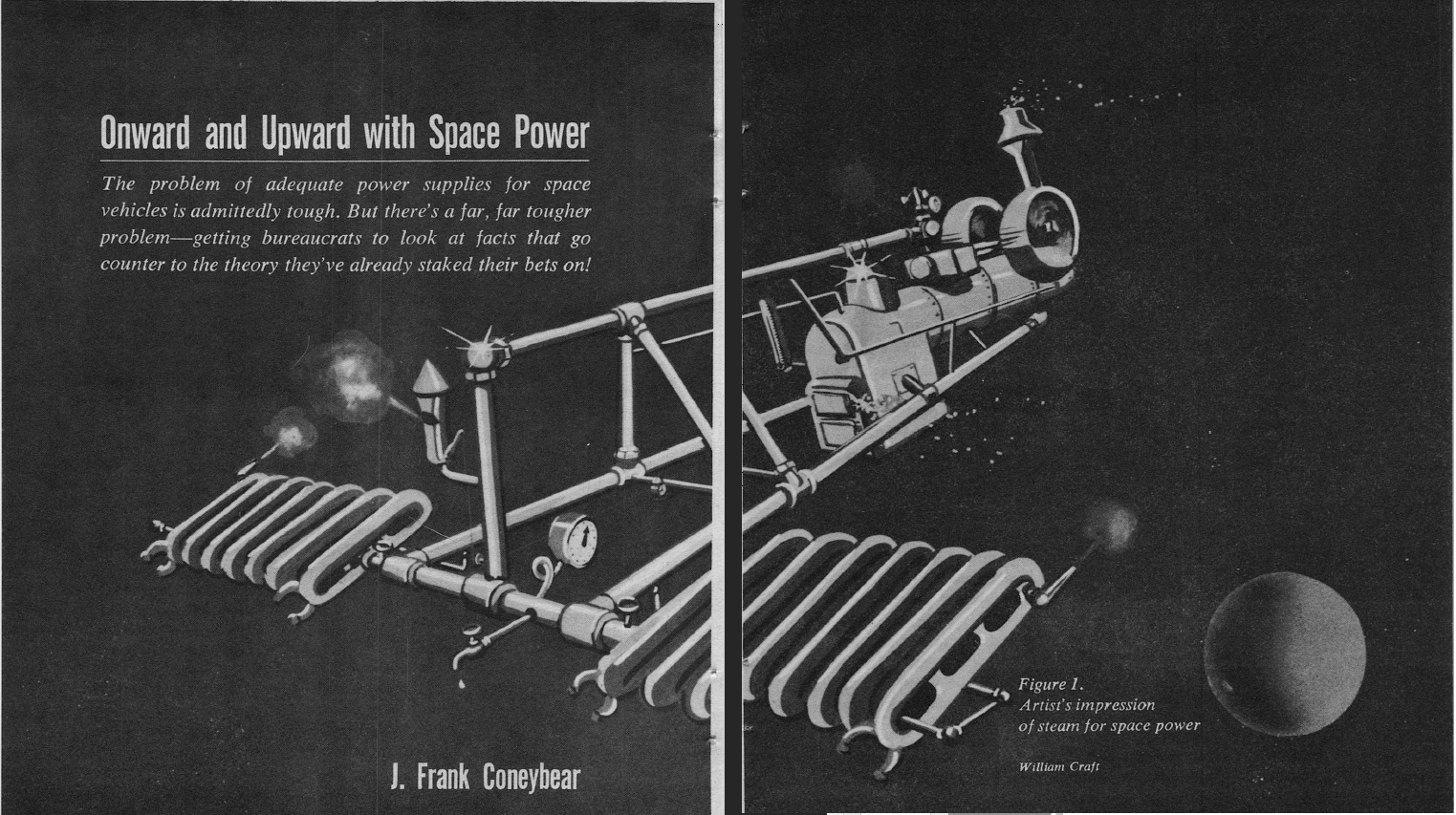



![[October 24, 1965] "What time is it?" (October Galactoscope)](https://galacticjourney.org/wp-content/uploads/2020/10/651024covers-1-672x372.jpg)


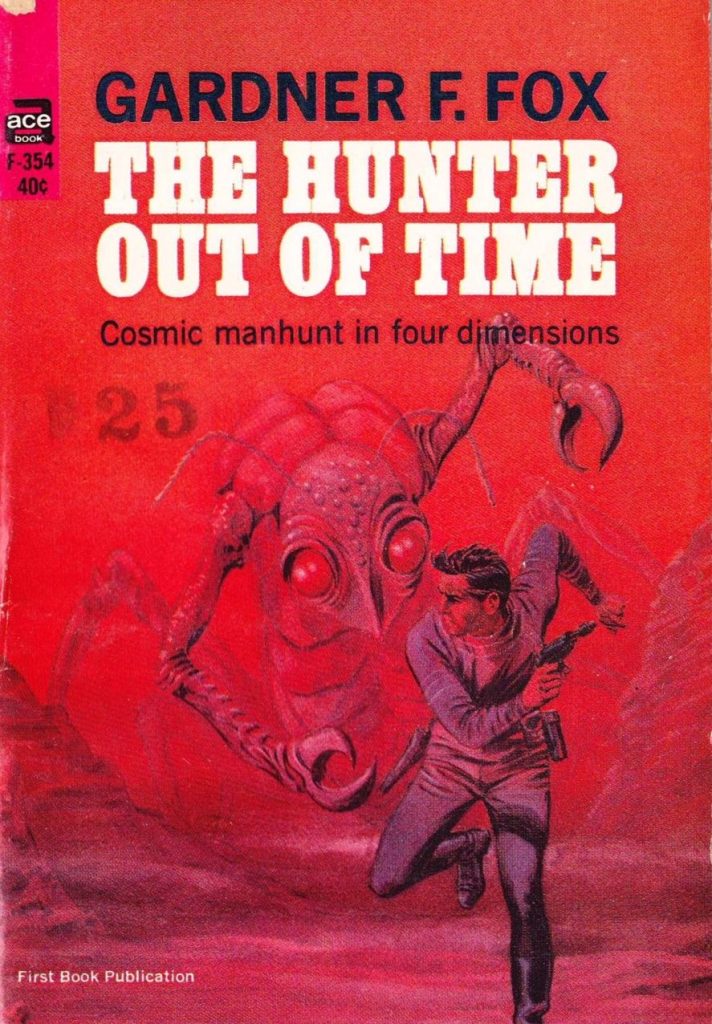

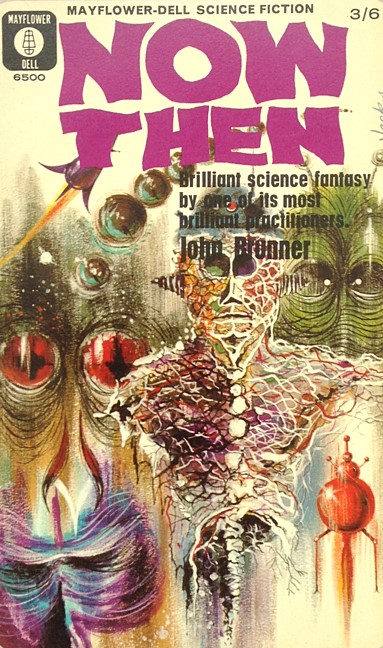
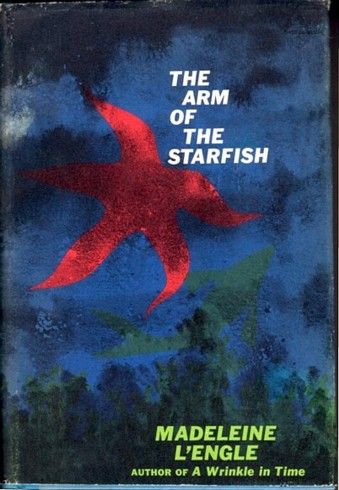


![[July 12, 1965] A pair of Aces (July 1965 Galactoscope)](https://galacticjourney.org/wp-content/uploads/2020/07/650712covers-672x372.jpg)






![[July 2, 1965] Gallimaufry (August 1965 <i>IF</i>)](https://galacticjourney.org/wp-content/uploads/2020/06/IF-cover-1965-08-649x372.jpg)




![[June 26, 1965] Disappointing Duo (June Galactoscope #2)](https://galacticjourney.org/wp-content/uploads/2020/06/650626covers-672x372.jpg)




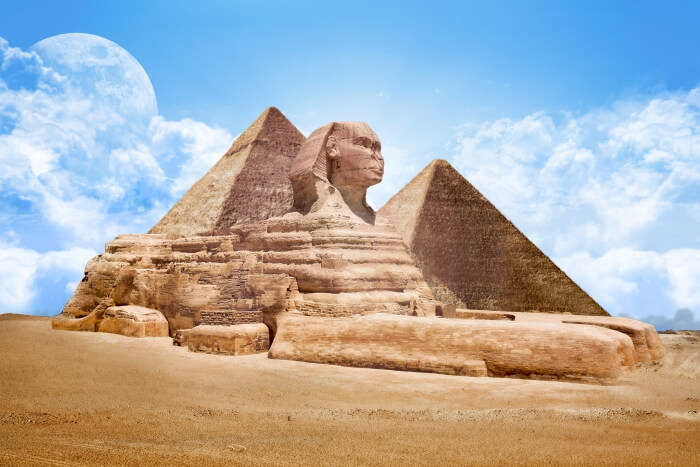

![[June 12, 1965] The Number of the Bests](https://galacticjourney.org/wp-content/uploads/2020/06/wollheim-cover-382x372.png)




![[April 30, 1965] Back-door uprising(May 1965 <i>Analog</i>)](https://galacticjourney.org/wp-content/uploads/2020/04/650430cover-663x372.jpg)













![[April 28, 1965] Mermaids, Persian Gods and Time Travel <i>New Worlds and Science Fantasy, April/May 1965</i>](https://galacticjourney.org/wp-content/uploads/2020/04/NW150--672x372.jpg)

 [Flowers in Stratford upon Avon]
[Flowers in Stratford upon Avon]



